Birding potential” isn’t high on most people’s list when it comes to evaluating new homes. But I’m not most people.
Recently my partner and I moved into a new rental home, one we chose specifically because it had large windows and a deck overlooking the semi-rural hinterland north of Brisbane, Australia. I was excited to escape the inner-city suburbs, where we had surprising amounts of urban wildlife but could also hear our apartment neighbor’s dinner conversations.
But I was most excited about starting a new birding yard list. Birders often talk about their favorite local hotspots, but yard lists remain an understated and unsung birding pleasure.
Here’s everything you need to know about keeping a yard list: what they are, what to count, and why they’re special.
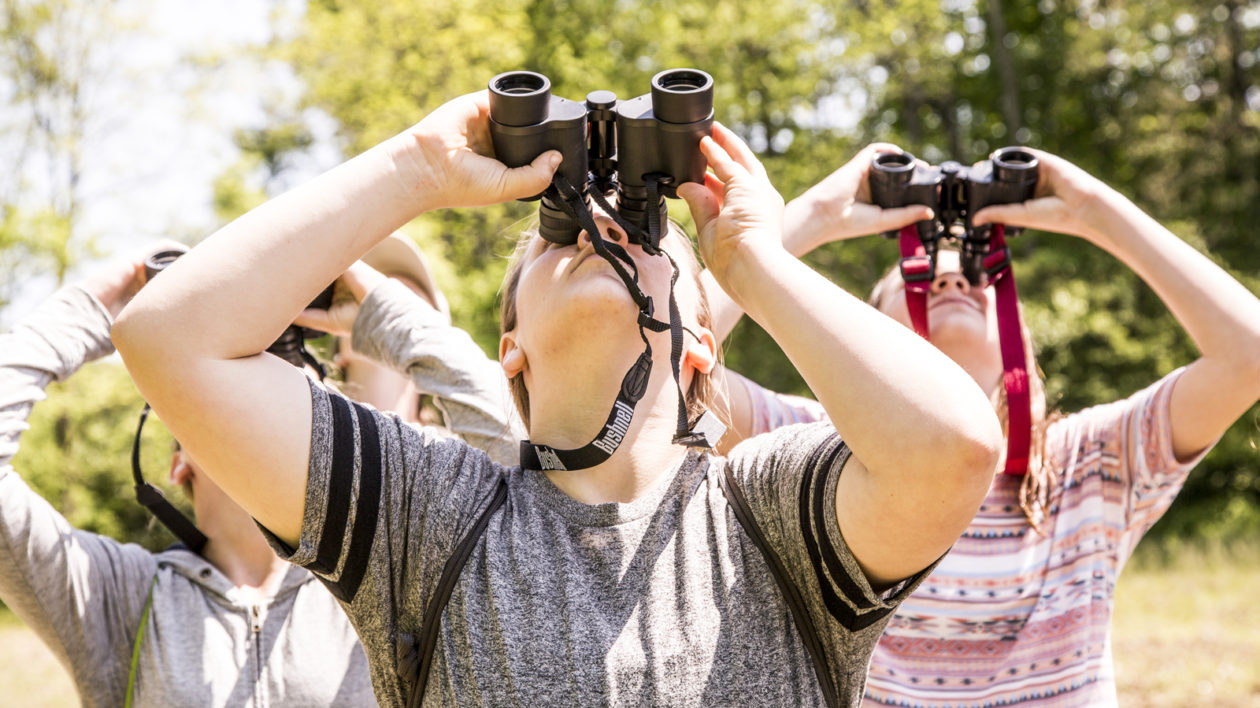
In Defense of (Yard) Lists
Yes, I know. Not every birder likes lists. My Cool Green Science colleague and mammal-watching mentor Matt Miller recently wrote about how much he dislikes birding lists. But for those of you in the anti-list camp — if you’re even still reading — hear me out. Yard lists are different.
The list-averse usually associate listing with regimented, hyper-organized birding. “Trips are planned to maximize sightings,” Miller writes. “Big days and big years are plotted with the efficiency of military campaigns. Sightings are logged on spreadsheets and apps.”
I’ll admit, I am one of these birders. I run my life with lists and spreadsheets, and my approach to birding is no different.
At their very worst, lists are associated with twitchers, who compulsively tick birds off a list like status symbols, with little regard for nature (or their carbon footprint).
Yes, yard lists are technically lists. But yard-listing as an activity is the polar opposite of regimented, hyper-organized birding. It’s lazy, drive-by birding. It can be done while drinking wine in your hammock or washing dishes near the kitchen window. It’s easy. It’s simple. And it requires zero planning or organization beyond a pen and paper (or eBird).
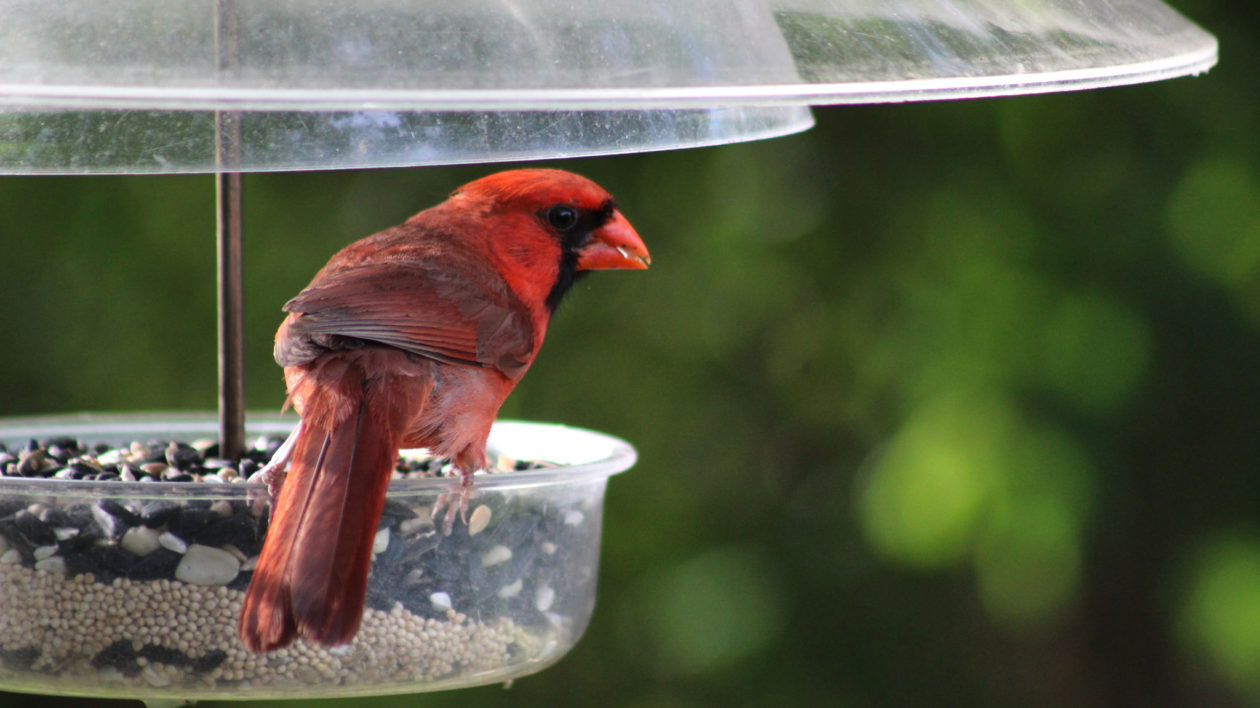
Yard Listing 101
So what exactly is a yard list? It’s a list of all of the bird species you have seen from a very specific, small site, like your yard.
The location you choose doesn’t have to be your yard. One birder I know keeps a list of every bird he sees while walking across a river bridge on his morning commute. In the past I’ve also kept lists for my office (or at least the view out the window). But the idea is that the location is relatively small and can be birded from a stationary point, like a porch or window, or with minimal walking.
After that, it’s up to you. More relaxed birders often keep a running list of new species seen in the yard. If a new species turns up, it goes on the list. If the neighborhood cardinal is back for the fourth time that week, it doesn’t go on the list. More compulsive birders keep daily lists for their yard, noting every species they see each day.
Personally, I opt for the more relaxed approach. Even as a die-hard lister I don’t have the time for a daily checklist. But I do set goals for myself, like trying to increase my yard list by one species a month. My favorite part of yard listing is the challenge. The first few days or even weeks are easy. But as time goes on, it gets harder and harder to add new birds to your list. Each new species is a tiny victory.
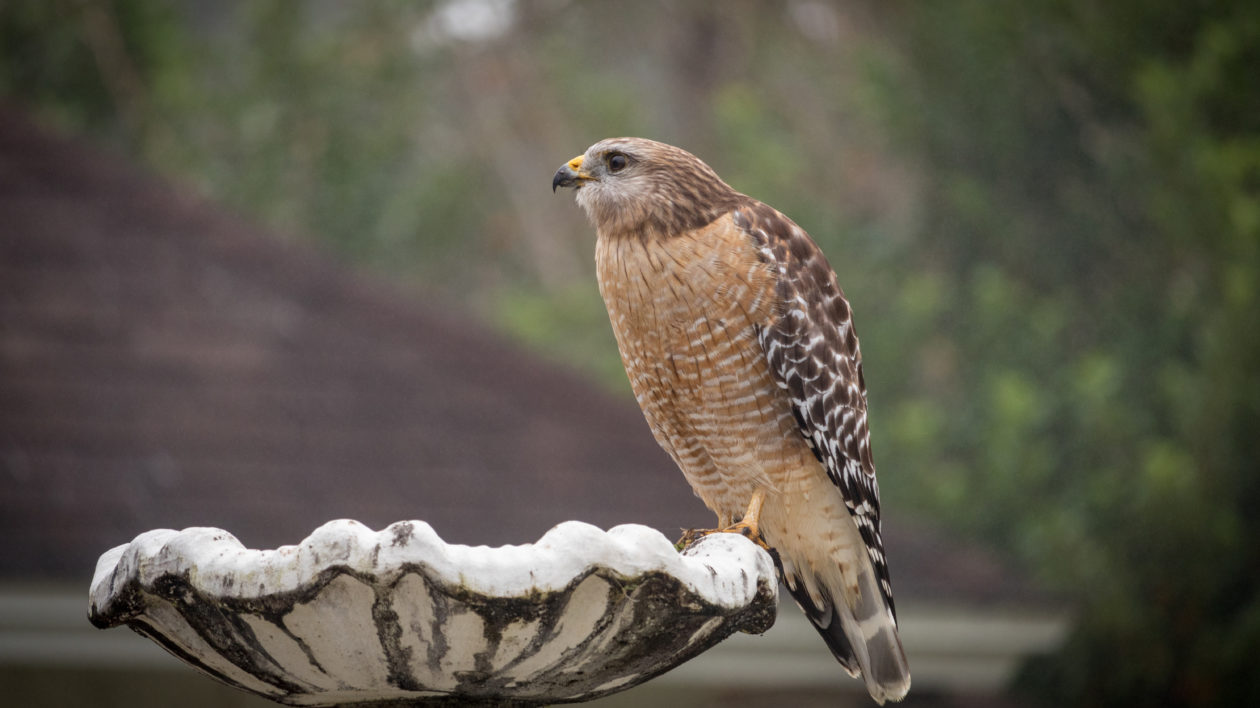
You can also set your own rules for what birds count as “in your yard.” For my list, I have to see or hear the bird while I am standing within the bounds of the property. A raptor flying overhead counts, as does a bird that I hear calling from down the street, as long as I can hear it from the yard.
I do sometimes bend the rules. I once saw a new species as I was returning from a run. I was still 50 feet away from the house when the bird flew overhead, calling loudly. Was I technically in my yard? No. But could I have seen the bird from my yard if I’d run a tiny bit faster? Yes. So it went on the list.
On moving day I started our new yard list as soon as we pulled up the truck. There were laughing kookaburras cackling as we unloaded boxes, an eastern whip-bird skulking in the bushes across the road, and two tawny frogmouths huddled beneath the boughs of the flame tree in the front yard.
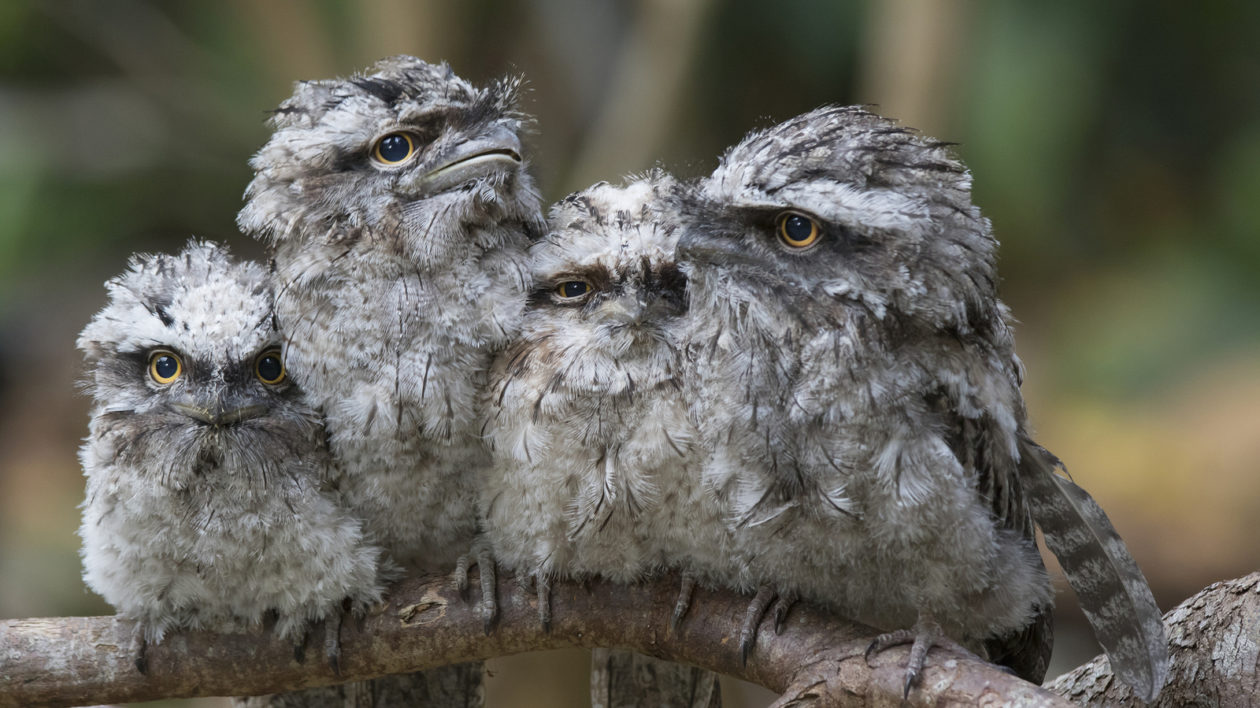
Why Yard Lists Make Me A Better Birder
Yard listing also makes me a better birder. I’m notoriously dreadful at identifying birds by ear, but the desire to grow my yard list prompts me to do the hard work of tracking down weird bird noises I heard from within the house.
Our new home looks out and down from the top of a ridge, forcing me to squint and curse into my binoculars to identify passing birds of prey. It’s hard work, but I’m already getting faster and more accurate in my long-distance identifications.
And I’m learning more about bird behavior. I’ve only lived in Australia for 2 years, so I’m still absorbing a lot of the basics. The kookaburras like to perch on bare branches where they can see open ground. The carnivorous, crow-like currawongs like to skulk in denser foliage. The honeyeaters are more numerous when the eucalyptus trees bloom. And the pied butcherbirds start calling at 4:37am. Every. Single. Morning.

One of the great joys of birding is slowly acquiring deep knowledge about a particular place. And what better place to start than your home?
It’s been more than a decade since I left Florida, but I still know the exact five trees in my childhood backyard that our resident pair of red-bellied woodpeckers prefer. I know the wood ducks’ favorite perch. I know when the barred owls will start courting, their Who cooks for you? hoots echoing through the cool spring nights.
It’s a familiarity and intimacy that lasts long after you move away. And something you can only gain with time and quiet observation.
I still spend my weekends driving to popular birding hotspots, seeking out new species in the Brisbane area. And I still plan my vacations with military-grade precision to cram as many birding spots in as possible, much to the bemusement and irritation of my partner.
But there’s more to birding than listing. It’s about watching, and listening, and learning. And you can do all that from the comfort of your yard.
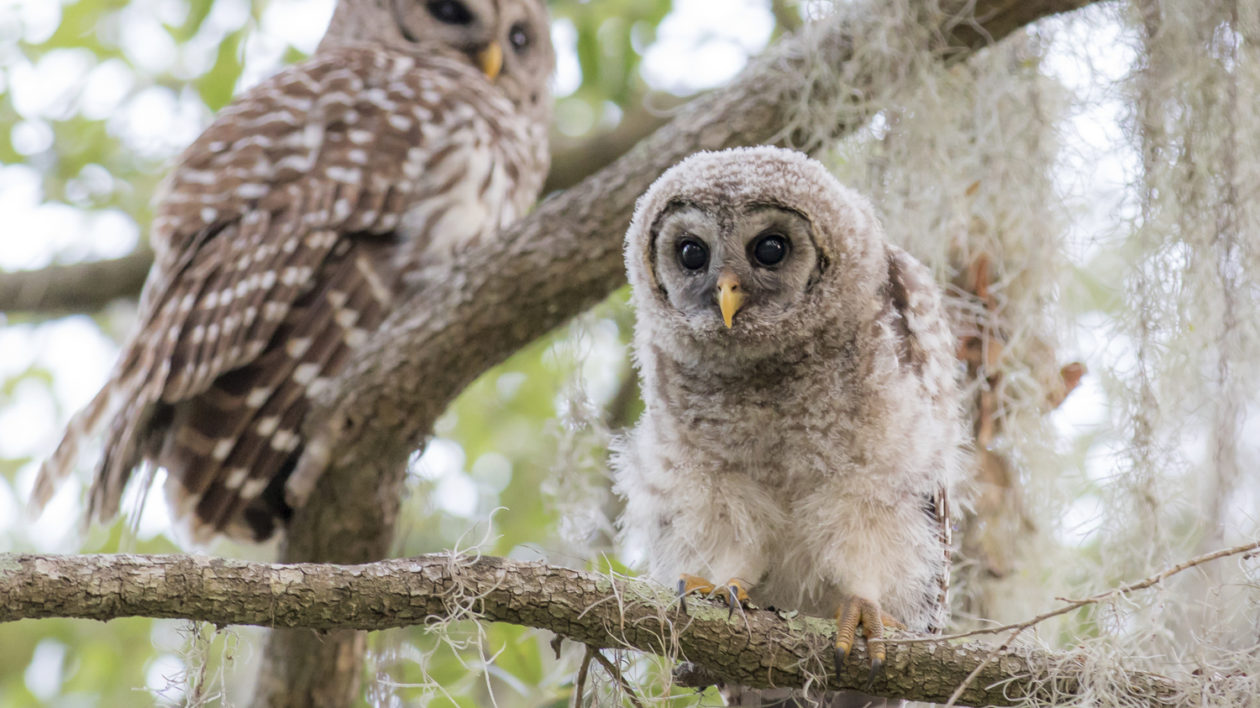
Yard List Tips & Tricks
There are two basic principles to yard listing: keep a list, and keep it simple.
Even if this is the only birding list you keep, just write it down. My yard list started as a yellow notepad and pen next to my field guide. Now I use eBird, which has a special feature that allows you to mark a particular site as your “yard.” From there you can see how your yard list compares to others in your area, or your birding friends.
As for the birding, keep it simple. The best part of yard listing is that it’s uncomplicated and requires no planning. Staring aimlessly out the window during a conference call? Look for birds. Watering the lawn? Look for birds. Sitting on your deck chair? Look for birds.
You can get competitive if you like, setting goals for yourself or trying to hit a certain number of species per year. You can also do a Big Day from your yard, seeing how many species you can log in a 24-hour period. (If you want to make it really interesting, restrict yourself to a single spot, like a deck chair.)
Stay vigilant during migration, when you have more potential to add new species to your list. And don’t forget to recruit your family, asking your partner or kids to pitch in and keep an eye out for winged things out the window.
And, most importantly, have fun! Because more birding in your life is always a good thing.
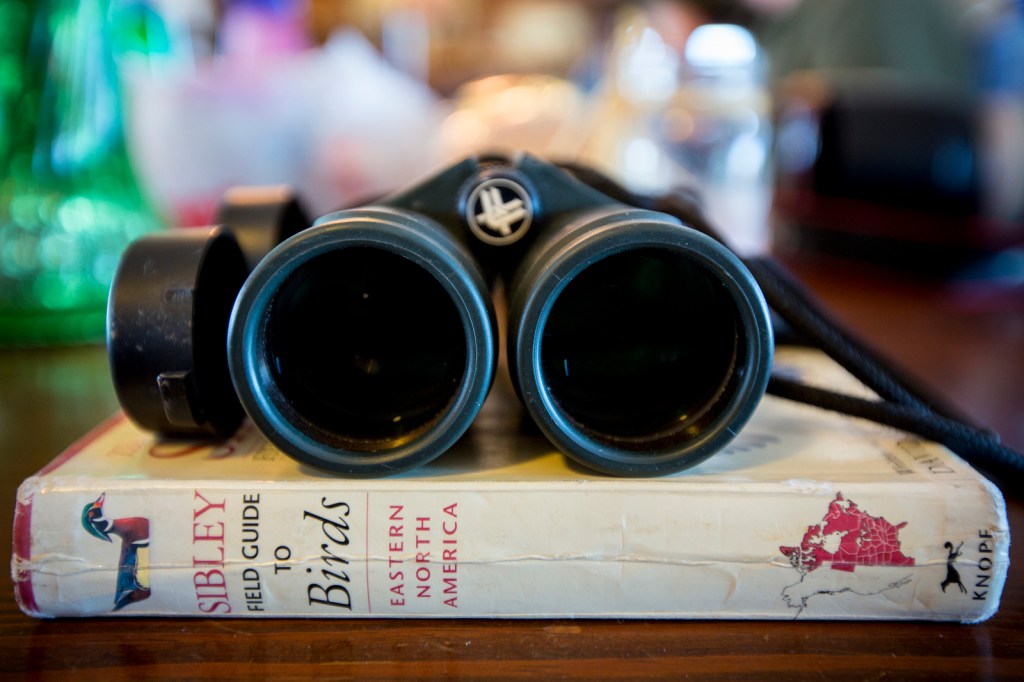



Thank you to the authors for this insightful and engaging piece. It’s a delightful read for anyone who appreciates the simple yet profound joy of connecting with nature right outside their window. This article perfectly captures the unique pleasure of keeping a yard list and provides a wonderful guide for those of us who prioritize “birding potential” in our homes.
Thanks for reading and for your comment! I’m glad you enjoyed the post about yard lists. It’s so true that they are an unsung pleasure of birding. I’m already loving the variety of birds visiting my new yard, and I hope you’re having fun with your own birding adventures!
I particularly enjoy backyard birding because the flexible pace allows time to observe a bird’s behavior and ask “I wonder why it does that?” As I greet it with a nod each day, we get to know each other. I watch it come and go, interact with other birds, and use its environment. I learn its favorite perches, foods, and times of day for eating, preening, singing and napping. Sometimes I can identify an individual bird by some idiosyncrasy. It becomes my neighbor and my friend. I miss it when it doesn’t reappear as usual, and hope it will return safely. We become fellow travelers on planet Earth.
Hi Justine, yes, I keep a weekly yard list and spread sheets for other areas I go to. Been doing the yard list now since 2005, have codes on what they are doing at the time of sighting. Total birds seen on and flying over is 90. I live on a 1/4 acre block in the township of ‘old’ Byford, some 36k’s South of Perth, West Australia.
The value of these lists grows year by year! I now have more than 20 years of lists of birds appearing in my yard and I’ve added them to my yard website at https://ourhabitatgarden.org/home/creatures/birds/our-birds/. I also participate in FeederWatch and use the same protocol. The patterns of each species as they increase or decrease throughout a year and over the years are very interesting.
I do sometimes bend the rules. I once saw a new species as I was returning from a run. I was still 50 feet away from the house when the bird flew overhead, calling loudly. Was I technically in my yard? No. But could I have seen the bird from my yard if I’d run a tiny bit faster? Yes. So it went on the list. ))
I believe in this instance, I would have called it, My Habitat Journal.
thank you from someone in lock down